Artefact 248
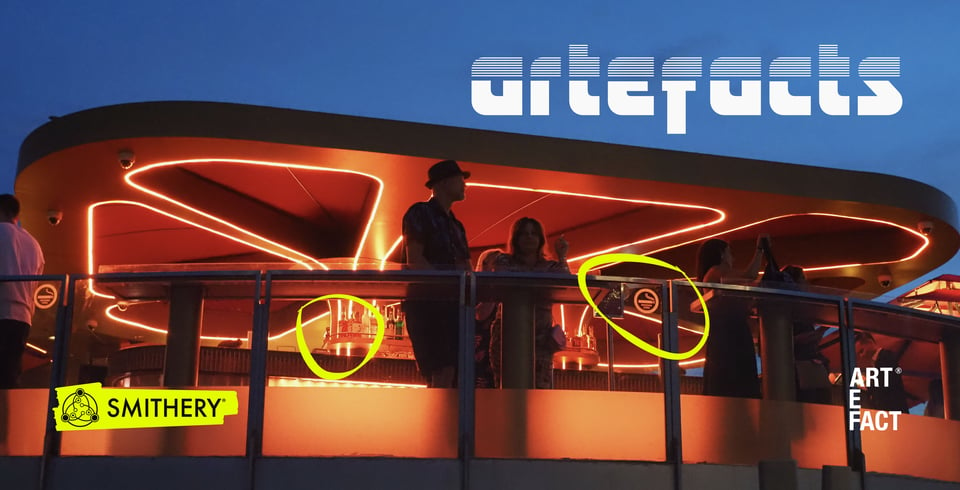
You’re nowt but a policy bateleur
Nick wanted to know about this card.
N.B. - I hope Nick wanted all that follows, rather than just wondering why I have incorrectly spelled ‘bateleur’…
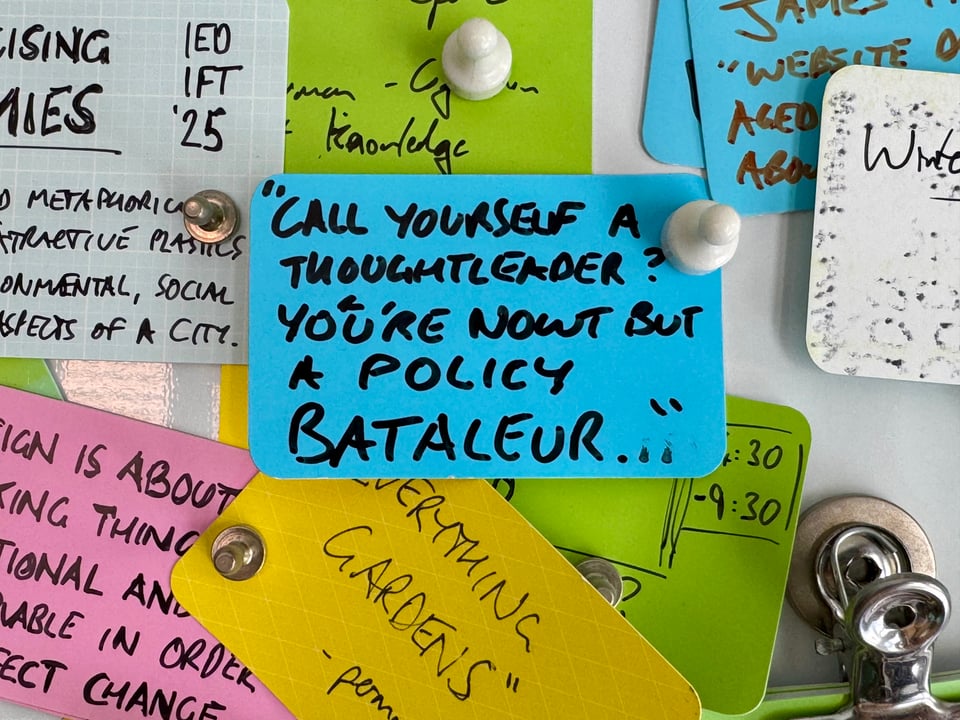
Here’s where the card came from. A few weeks ago, Richard Sandford suggested that we visit the Tarot exhibition at The Warburg Institute in London. Funnily enough, it was after the workshop about workshops, which we’ll come back to.
The exhibition closes today, so there is a slight chance you might have time to pop in if you are local enough. But I have saved some photos here assuming you won’t.
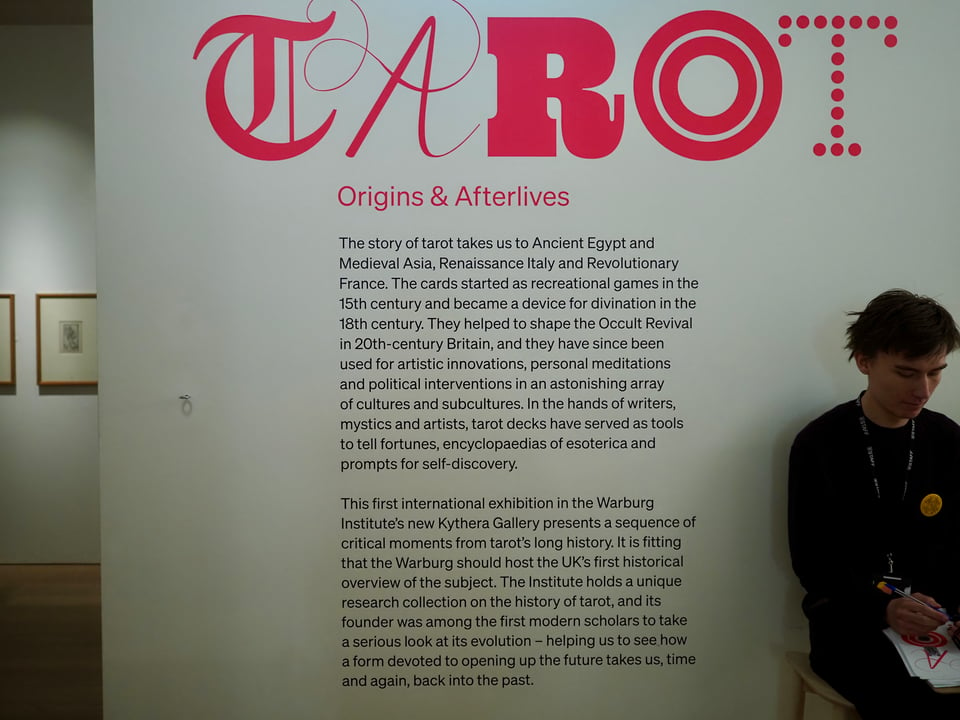
It was broadly very interesting, but the card refers to something very specific that Richard and I learned, and then discussed over a pint or two.
Le Bateleur is a French term, referring to a fairground conjuror; an entertainer, a master of sleight-of-hand. It is the original form of what became the ‘magician’ card in Tarot.
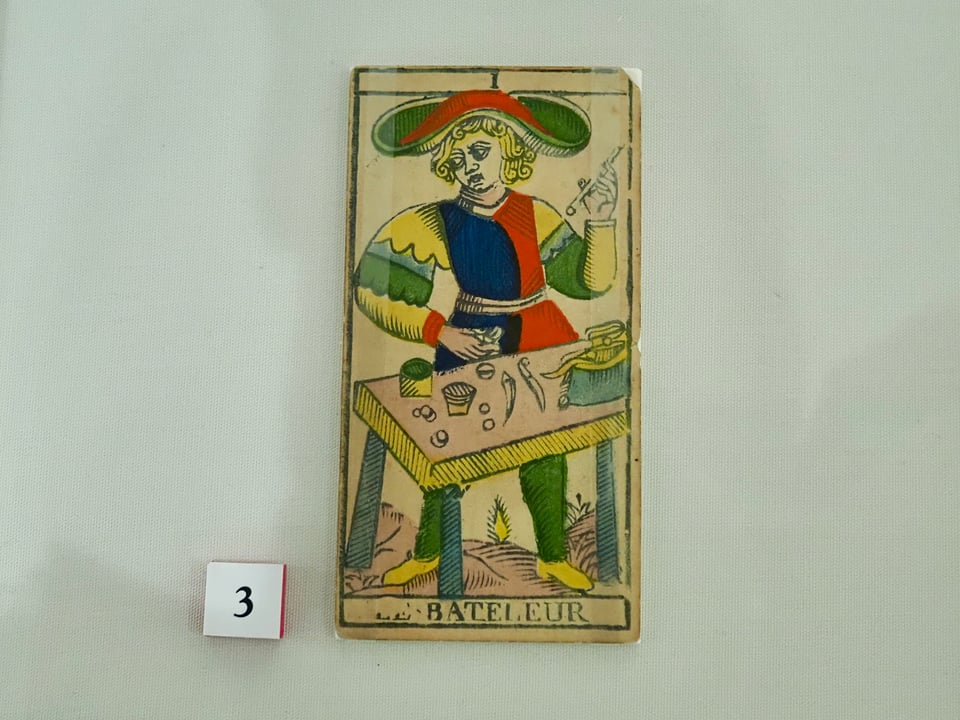
As this article puts it, the Bateleur was “the itinerant street performer, his folding table strewn with trickster’s tools, entertained crowds in market squares and fairgrounds from the middle ages through the eighteenth century. Cups-and-balls, the world’s oldest magic trick, doubled as a shell game where dupes laid down their money to guess which cup was hiding the ball.”
You can imagine them already, can’t you? And how long they have probably practiced tricks, rehearsed their spiel, worked on the act to travel from town to town.
Then, something changes. In the 19th century, occultists start to present the bateleur in Tarot as an actual magician, controlling some deep and mysterious powers. This continued into the twentieth century, as Anglo-American Tarot presents the Magician manipulating the elemental forces embodied in the Tarot suit symbols. The magic is presented as a real thing; the resulting power dynamics shift wildly.
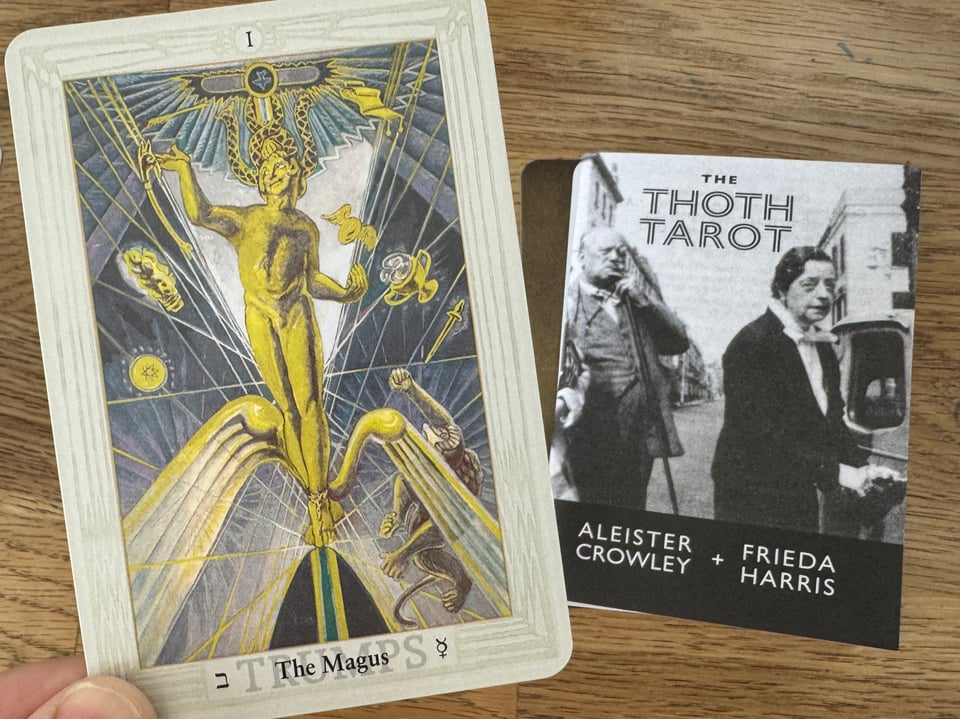
Now, despite having been knee-deep in card-related things for years, Tarot has been something I have resisted; perhaps it was some of these more ethereal and spiritual layers that I took at face value.
Since the exhibition though, I have become more interested in Tarot from the simply socio-material perspective; what is it doing for the people who are using the cards?
I was fascinated in particular by this piece of text about the bateleur, describing the process of the Italian author Italo Calvino in writing a 1973 novel using Tarot as device…
“Calvino clearly identified with the latter deck's recognisable card the Bateleur, a fairground conjuror whom he described as arranging and rearranging objects on the table to achieve particular effects.”

Having just come out of a session talking about workshops as exactly this – the arranging and rearranging of objects – it is perhaps unsurprising that it grabbed me in this way.
Maybe this is how Tarot grabs people too; it generates something contextually relevant that makes people find something in their own recent experiences that resonates.
Richard and I went on to the pub afterwards, and worked through some reckons. Which led to this photo…
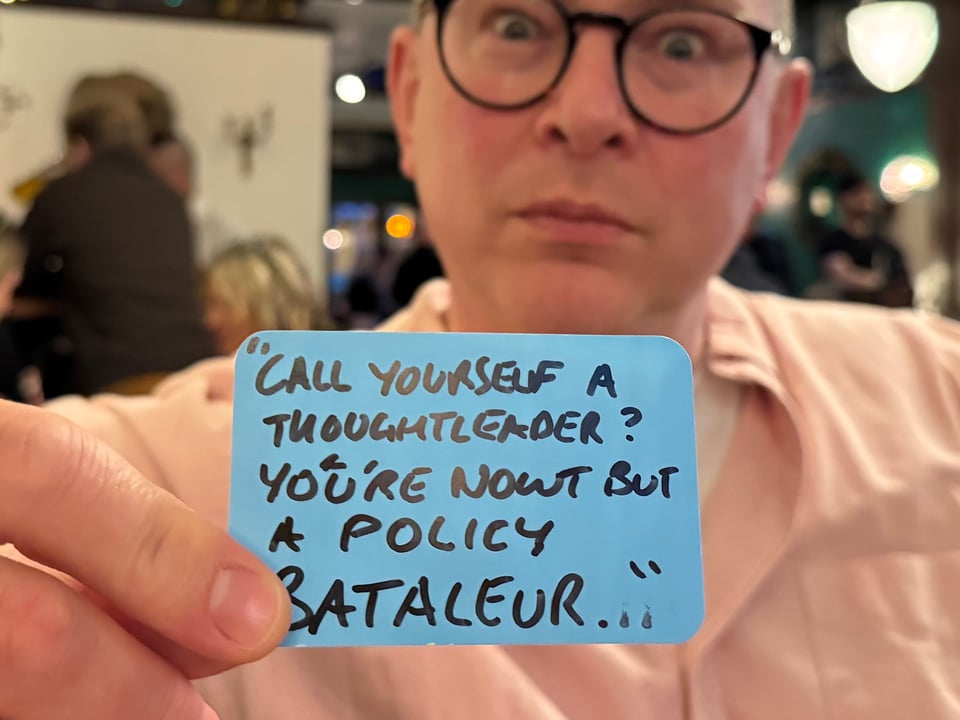
We were playing around with the difference between the ‘magician’, and their perceived ethereal, untouchable power, and the conjuror, who possesses no actual magic at all, yet creates compelling experiences to great effect.
Richard spoke the phrase, and I caught it on an Artefact Card and made him hold it up. Despite the gently mocking tone of the phrase on the card above, we realised there is much to be admired and learned from the bateleur.
To effectively go about arranging and rearranging information for people in ways that feels like it has led to moments of genuine new connection is, really, just more work than one might reasonably expect. Penn Jillette, of magic duo Penn & Teller, talks about this often:
“The only secret of magic is that I’m willing to work harder on it than you think it’s worth.”
- Penn Jillette
A large part of making a great meeting or workshop is spending an unreasonable amount of time on the materials themselves. I was reminded of this again this week when James Tooze invited me in for a talk with his students down at the University of Brighton.
As a demonstration for students of methods, James pulled out this deck he’d made years ago using standard Artefact Cards. It is a mix of different considerations – ages, use cases, device actions etc – by which means you can mix and match tens of thousands of different possible design directions.

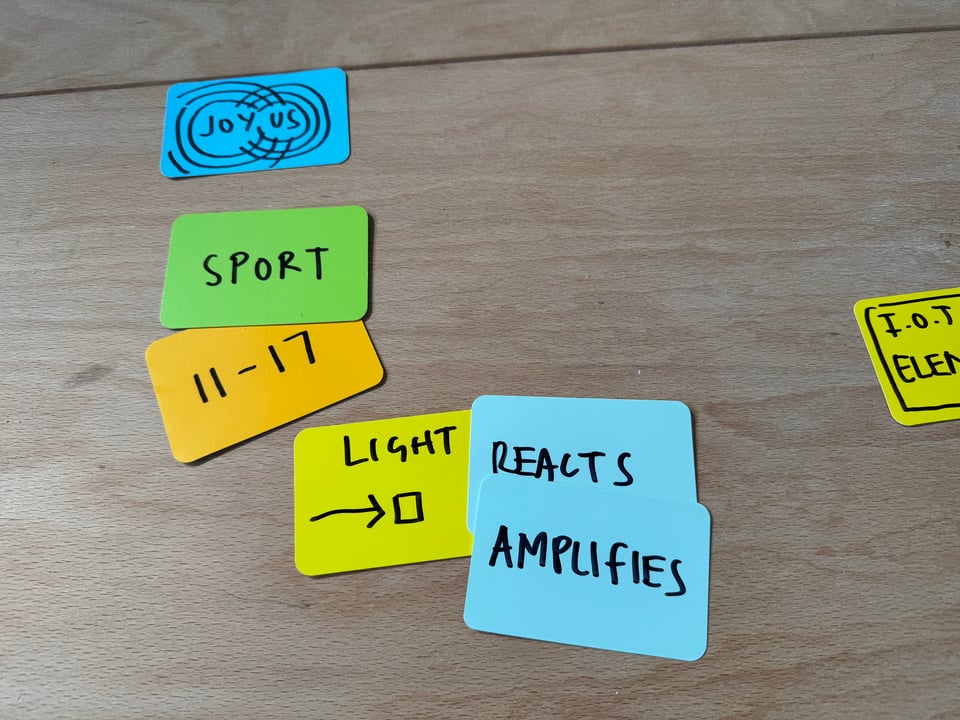
The point of showing the students this was just to get across the idea that they could create something similar; a deck of interchangeable, reusable components from which new ideas and inspirations would emerge.
Once again: “arranging and rearranging objects on the table to achieve particular effects.”
All hail the bateleurs - the conjurors of the worlds yet to come.